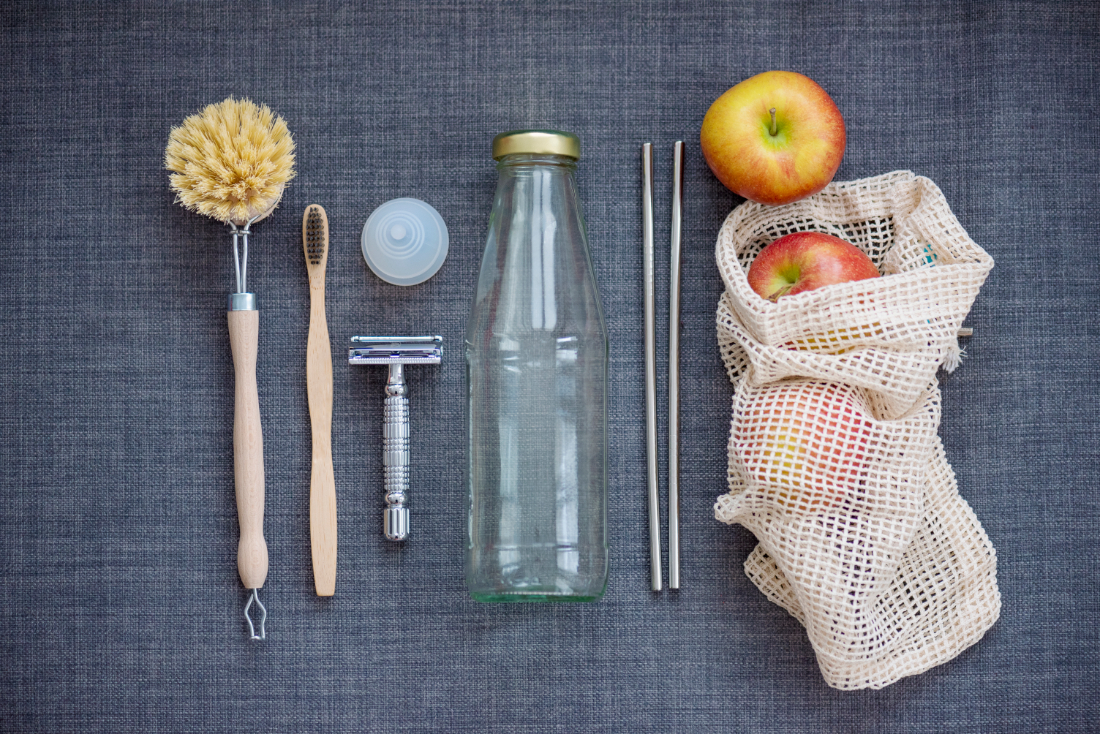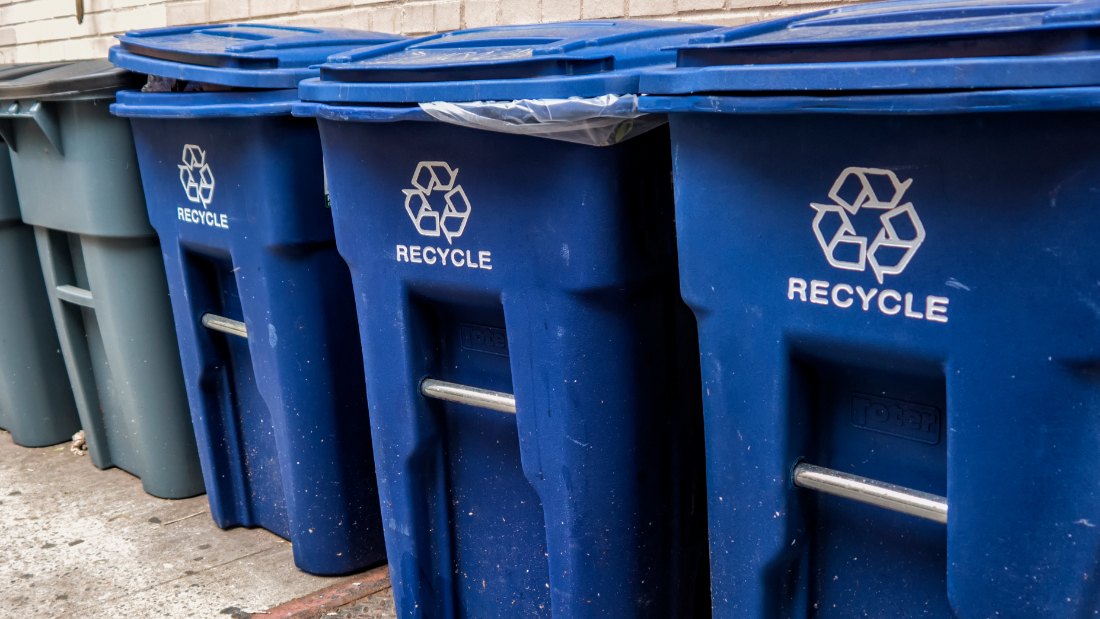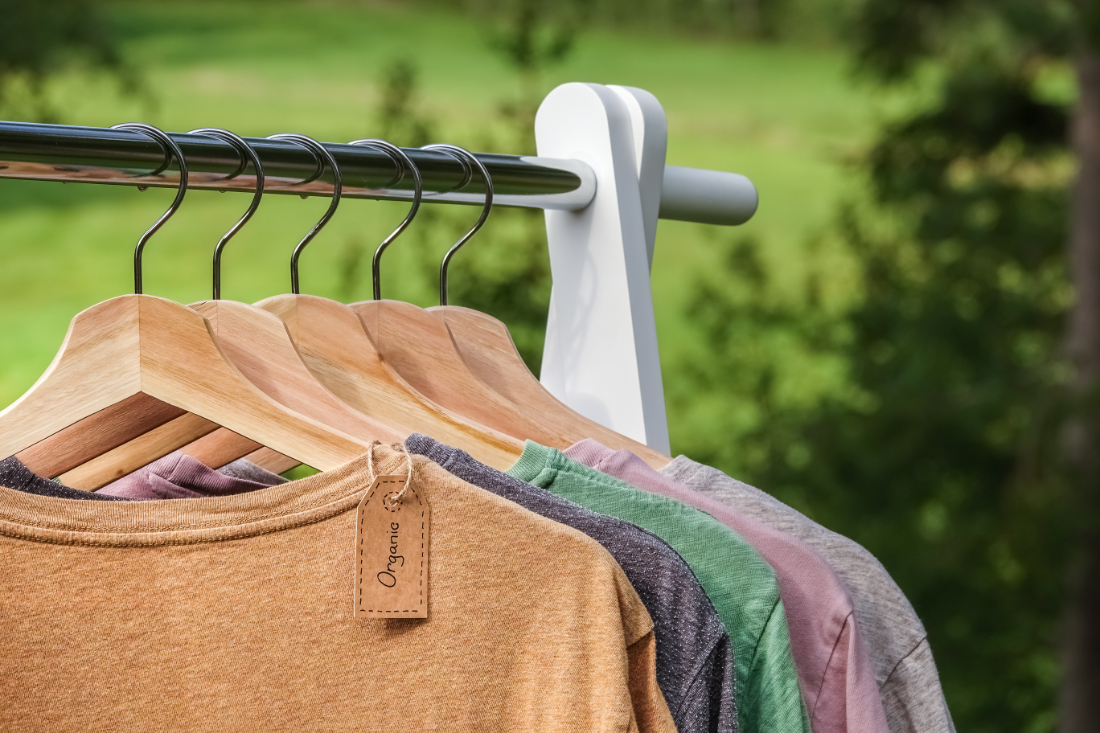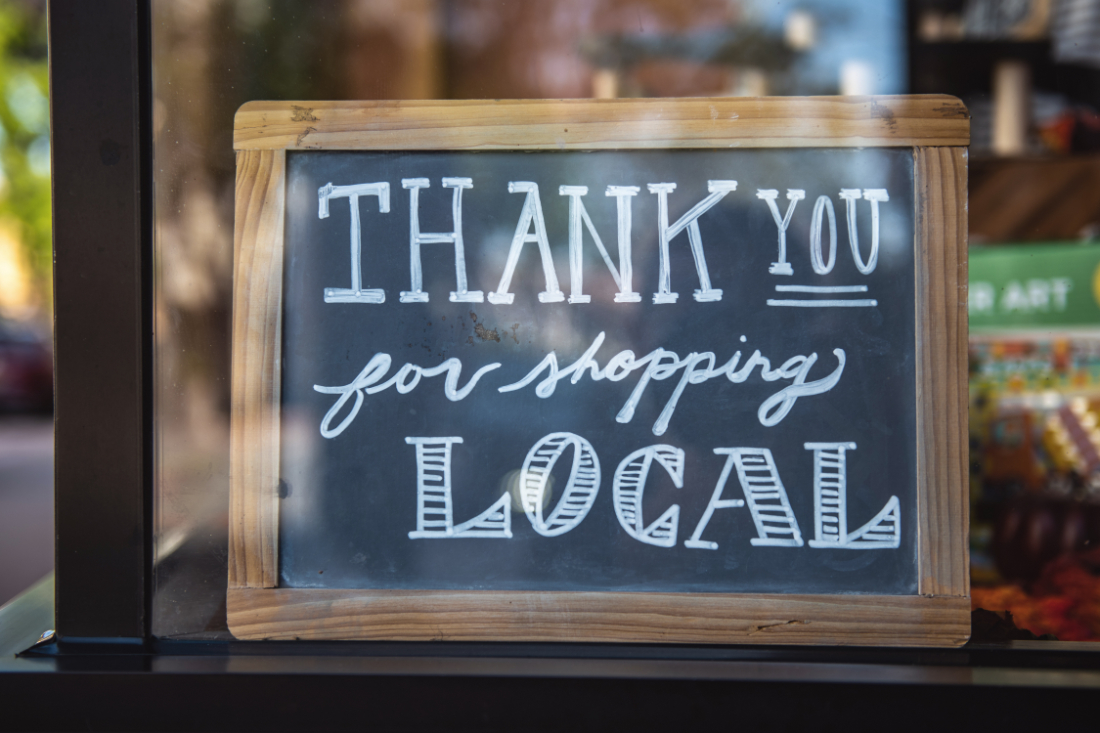Lauren Smith, Founder of Sustainable Travel & Living, offers sustainable shopping tips for all of us to use in our travels and at home. We can all support the communities we visit – and our home communities! – by employing these best practices.
As a fellow Wanderful member, I know you care about the world around you. So, heading into this holiday season, I hope you’ll join us to consider these six points for how your shopping choices can leave a more positive impact on the world.
Sustainable Shopping Tips from an Expert
I’m a Certified Sustainability Practitioner and former travel industry executive who founded Sustainable Travel & Living, a shop with over 400 recycled, low-waste, give-back and other planet-friendly products.
To set standards for vetting our products, we interviewed product design professors, lifecycle assessors and more. There are several things we can all do to have a more positive impact with our purchasing power.
Here are the 6 crucial steps to take to be a more sustainable shopper.

1. Skip packaging and plastic wherever possible
We’re each ingesting a credit card’s worth of plastic a week (yep, you read that right), yet we’re still producing and using single-use plastics at alarmingly high rates, with under 10% getting recycled. For everything you buy, from groceries to gifts, consider how you can skip or reduce wasteful single-use packaging.
Here’s an easy step to take: Bring your own bags to the grocery and don’t buy plastic-wrapped produce (that one mystifies us!). Forgot your bags? Just load directly into the cart and then to your car.
OK, but we know we can’t totally avoid all packaging. So we need to think about how easily it can be recycled.
For instance, those instant-rice packets that are multi-layered or plastic-lined coffee bags and cups? Ooh, tough ones. High likelihood these can’t be recycled. Why not buy in bulk or find fill-your-own options? Carry your own cup, it easily becomes a good habit!

Let’s look at your personal products. How about skipping shampoo bottles for shampoo and conditioner bars instead? Try using dissolvable laundry Dropps instead of re-buying single-use jugs. And you can use beeswax wraps instead of saran wrap.
Really need to wrap those holiday gifts? Let’s use newspaper or recycled wrapping paper. Definitely skip anything with glitter and adornments as that can’t get recycled. Or consider using reusable bags or gift boxes, especially if they’re made from recycled cardboard!
A great way to send gifts this year is by selecting a pre-selected but still personal sustainable gift box. Everything from the packaging to the shipping is taken care of for you!
2. Support the brands going the extra mile
As they say, we vote with our dollars. So show your support for brands, like Patagonia or Eagle Creek, that have a demonstrated, transparent commitment to sustainability and that stand by quality assurances, even offering repair programs.
And avoid giving your financial support to companies like Coca Cola, one of the biggest producers of plastic waste, who stated this year they won’t stop making plastic bottles because “consumers still want them.”
You can look for brands that have made the effort to earn various sustainability designations. That might be B-Corporations (kudos to Athleta, Ben & Jerry’s, and our food and drink container supplier, U-Konserve) and Fair Trade certifications.
Do some quick research on each brand’s website: are they putting their money where their mouth is when it comes to helping our environment?
Big business means big impact, so choose wisely when you offer these companies your business.

3. Think about the whole lifecycle
You may have heard of the term “cradle to grave” – but there’s a new one: “cradle to cradle.” For everything you buy, think first:
- Can this be recycled or biodegraded and, beyond that
- Can it be recycled in perpetuity? (Hint: plastic cannot! The same piece can only be recycled a few times before getting mixed with new plastics.)
Where we can, let’s choose products with a “circular design” that are either recyclable in perpetuity, like aluminum, or fully biodegradable, like cardboard containers. And, whenever you can, try to buy quality that lasts, like hand-crafted, wooden outdoor furniture from Blue Ridge Chairs over cheap plastic options that break and need to be constantly replaced.
An important point to consider in the lifecycle is what can and cannot be recycled by your local municipality (please, no broken Christmas lights!).

Especially pay attention to the plastic numbers you see on the bottom of many containers – numbers over two get hard to recycle! Lots of cities cannot actually recycle what we’re throwing at them, which only slows this already-struggling system.
There’s a point here, too, in lifecycle assessments that looks at where something was sourced and the carbon costs to produce and transport it. But alas, as we are not super-savvy engineers, we simply note this point for now.
4. Choose responsible materials
With U.S. recycling rates across all materials at only about 35%, we have got to choose more recyclable and truly biodegradable options.
An important tip here: beware of the ‘biodegradable’ and ‘compostable’ bioplastic! These often use something like corn starch to simply make a form of plastic that is only compostable in high-grade industrial facilities. And if you cannot plan to take it to one, find products that are ‘curbside compostable’ or skip these items altogether! Unfortunately, greenwashing is real.
For fabrics, those cheap polyester blends that fast fashion loves to churn out sit in our landfills and are incredibly tough to break down. Go for single-material items like organic cotton, hemp, bamboo and other sustainable sources. (But this takes case-by-case research on processing and chemicals, too.) We have several examples of single-material products so you know what to look for and what’s available.

Beyond the single-material options, it’s important to stimulate consumer demand for made-from-recycled materials and products. Look for items like Repreve fabric made from water bottles and transformed into backpacks, packing cubes, and travel towels.
And when we think about end-of-life (back to recycling!), choose products that are made from as few different types of materials as possible. Those can be broken back down to recycle or are more easily biodegrade.
5. Shop small, shop local
When you travel, you often choose to eat and shop in a way that supports the local artisans and communities, right? Well, it’s no different to make that kind of impact right at home. Plus, shopping locally could help reduce your product’s carbon footprint.
When you’re shopping online (which, we hope you do!), choose brands that are making efforts to ship plastic-free (like us!) and otherwise actively lessen their impact. Remember that all of this amazonian-sized convenience we’ve grown accustomed to comes with a big trade-off.
Again, we shop for our values…so who do you want to support?

6. Remember, it’s not a good deal if no one actually needs it!
Sustainable shopping starts with actually buying less. We won’t be recommending any Black Friday doorbusters here. We believe you should buy less and buy more thoughtfully to make each item last. We thought we’d come in for a smooth landing on this very simple point.
Phew, you made it through all our sustainable shopping tips! Feeling overwhelmed? It’s OK.
Sustainable living is a huge topic and, in many cases, there are trade-offs you inevitably have to make. But if we each do our best, and start pushing those big brands to do the same, we can start to make real change.
See you out there and happy (sustainable) shopping!
All images courtesy of the author and Sustainable Travel & Living.













































